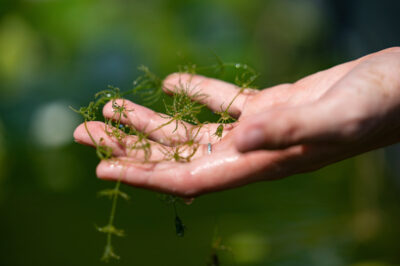Search results for: “guide for weed insect disease control turfgrass”
- Publication...the 10 practices discussed in this publication. Topics include seed selection, planting techniques, seedbed preparation, the timing of planting, weed control, grazing practices, unrealistic expectations, and professional guidance. (4 pages)...
- PublicationThis calendar illustrates year-round maintenance of St. Augustinegrass for the lawn, providing guidance on establishment, weed control, fertilization, and more. (1 page)
- Tools and Apps...fit your needs for specific plants from the Manage a Plant section. Whether you choose to use a herbicide, biological control, or to remove plants manually, this site can help....

- PublicationSaltcedar is an invasive, hard-to-control woody plant. This publication describes both the leaf spray method and the stem spray method for controlling saltcedar. Whichever method you choose, you should be...
- PublicationJuniper can be a problem for many landowners, and there are various means of controlling it. One particularly effective tool is using goats, alone or with other methods, to control...
- PublicationTake-all root rot (patch) is a serious disease caused by a fungus in the soil. It affects St. Augustine grass and bermudagrass, in which the disease is known as bermudagrass...
- PublicationSpotted lanternfly (Lycorma delicatula White) is a sap-sucking insect with many known plant hosts, native and non-native alike. Human-assisted movement poses a significant threat, as this insect is capable of...
- ProgramTexas is an extraordinarily large state that is made up of a wide variety of ecoregions and habitats, which are home to an even greater variety of insect species. As...
- Tools and AppsThis website features thousands of insect images, each identified to genus or species. It is available to the general public and can be used for insect identification or taxonomic studies....
- PublicationWhen sesame was first grown in the U.S., there was a minimal concern for economically damaging insect pests. Unfortunately, this has changed in the last few years, with several insects...
